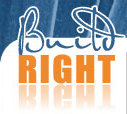Timber species
Sawn timber weatherboards are generally available in a wide range of timber species, sizes and profiles.
Solid timber external cladding is manufactured from various imported and local timber species. If buildings are exposed to moderate to severe weather, cladding from the highest available grade of timber should be used.
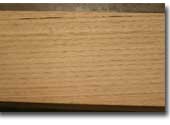
Hardwood
AS 2796 'Seasoned hardwood - Milled products' sets out the grades and tolerances for hardwood but does not specify profile details or overall dimensions. These vary between individual manufacturers. AS 082 and AS 083 set out the grades for unseasoned sawn weatherboards.
Naturally durable species are best. However, less durable eucalypts can be satisfactory in less severe weather conditions and with good fixing, finishing and maintenance.
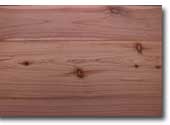
Cypress pine
AS 093 'Unseasoned cypress pine - Milled weatherboards (Chamferboard)' sets out grades and tolerances for cypress pine. Manufacturers' literature can also be referred to.
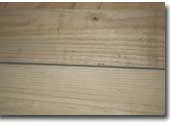
Preserved treated pine
AS 1784 'Preservative treated cladding milled from Australian grown conifers' sets out grades and tolerances for treated pine (except radiata pine and cypress pine). AS 1495 sets out grades and tolerances for preservative treated radiata pine cladding
Radiata pine, slash pine and hoop pine are the most common species used. They require preservative treatment because of their low natural durability.
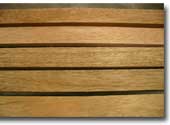
Imported timbers
The most commonly used imported cladding timber is western red cedar. Other imported timbers include redwood and Baltic pine. There is no Australian Standard to govern the grades and tolerances of imported timbers. The imported timber shown is Merranti which is imported from Malaysia.
